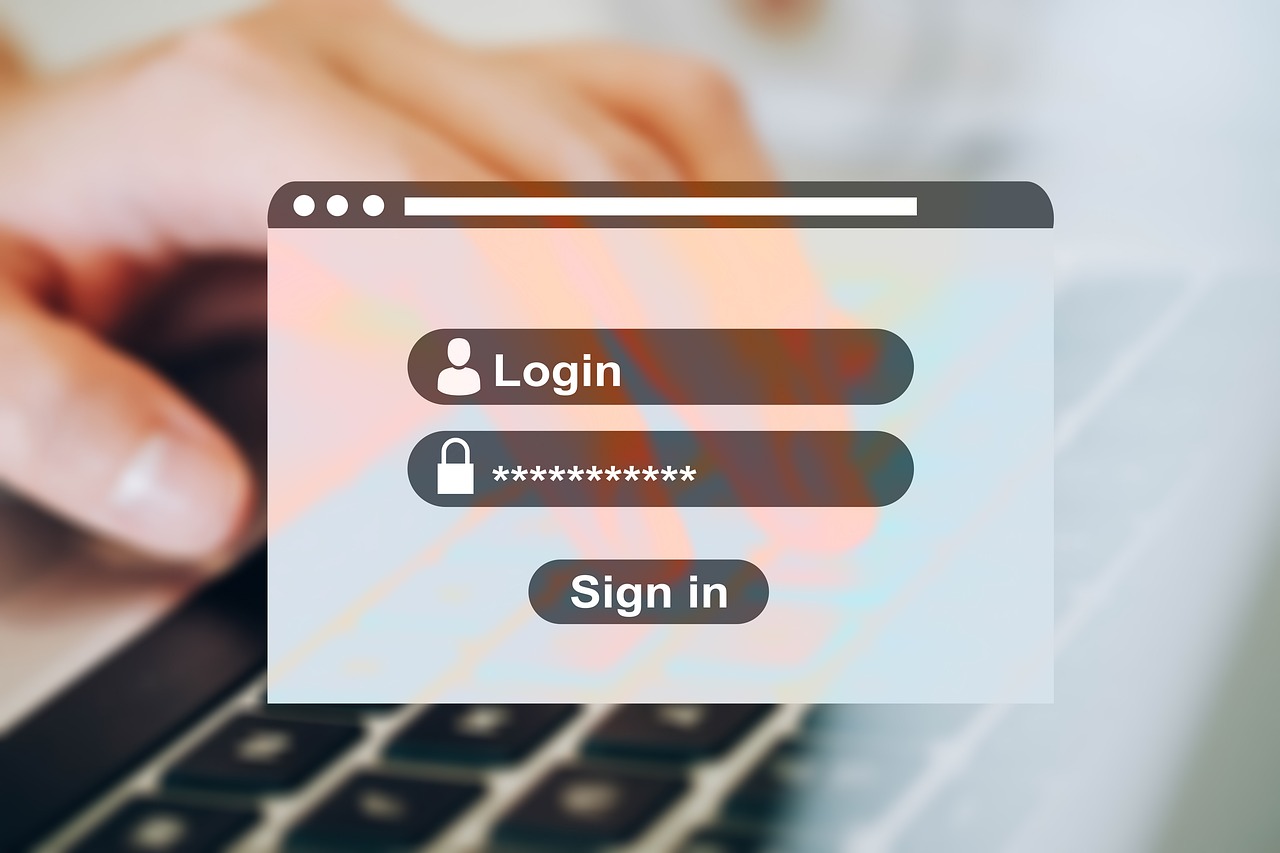Understanding the Impact of Apps That Compare Saving Behaviors to Peer Groups

In the digital age, personal finance management has become increasingly nuanced, with technology playing a pivotal role in how individuals save and invest. Among the myriad of applications designed to assist users in managing their finances, a notable trend is the development of apps that compare users’ saving behaviors to those of their peer groups. This article delves into the mechanisms of these apps, their global impact, and what they mean for the future of personal finance management.
The Mechanics of Peer Comparison Apps
These applications typically function by collecting data on a user’s saving habits and financial transactions. The data is then anonymized and aggregated to create a benchmark of average saving behaviors within a specific peer group. Users are categorized based on demographics such as age, income level, and geographical location. This categorization allows for a more tailored comparison, providing users with insights into how their saving habits stack up against those of their peers.
The apps employ algorithms to analyze spending patterns and savings rates, offering personalized feedback and suggestions for improvement. The goal is to encourage users to adopt healthier financial habits by leveraging social comparison as a motivator.
Global Context and Adoption
The adoption of peer comparison apps has been widespread, with significant usage reported in both developed and emerging economies. In developed nations, where financial literacy is often higher, these apps serve as a sophisticated tool for users seeking to optimize their savings strategies. In contrast, in emerging markets, they often act as educational platforms that introduce users to the concept of structured savings and investment.
Several factors contribute to the global adoption of these apps:
- Increased Smartphone Penetration: With smartphones becoming ubiquitous, access to financial apps has become easier, allowing for broader reach and impact.
- Rising Financial Literacy: As education on financial matters improves worldwide, more individuals are seeking tools that provide nuanced insights into their financial behaviors.
- Social Influence: The human tendency to compare oneself to others can be a powerful motivator, making these apps particularly effective in fostering better saving habits.
Implications for Personal Finance
The integration of peer comparison into personal finance apps has several implications:
- Behavioral Change: By providing a benchmark, these apps encourage users to modify their saving habits to align with or exceed the average of their peer group.
- Increased Transparency: Users gain a clearer understanding of their financial standing, which can lead to more informed decision-making.
- Enhanced Financial Planning: With detailed insights into spending and saving patterns, users can craft more effective financial plans.
However, it is essential to note that while these apps provide valuable insights, they must be used in conjunction with comprehensive financial advice. The data-driven feedback is only as reliable as the data inputted, and users should remain cautious of over-reliance on app-generated insights without professional consultation.
Future Directions
Looking ahead, the evolution of these apps is likely to intertwine more deeply with artificial intelligence and machine learning technologies. This integration could lead to more precise predictions and personalized financial advice. Furthermore, as global data privacy regulations evolve, these apps will need to enhance their data protection measures to ensure user trust and compliance.
In conclusion, apps comparing saving behaviors to peer groups represent a significant advancement in personal finance management. They offer users a unique perspective on their financial habits, fostering awareness and encouraging positive behavioral change. As technology continues to evolve, these applications are poised to play an increasingly vital role in shaping the financial habits and literacy of users worldwide.













